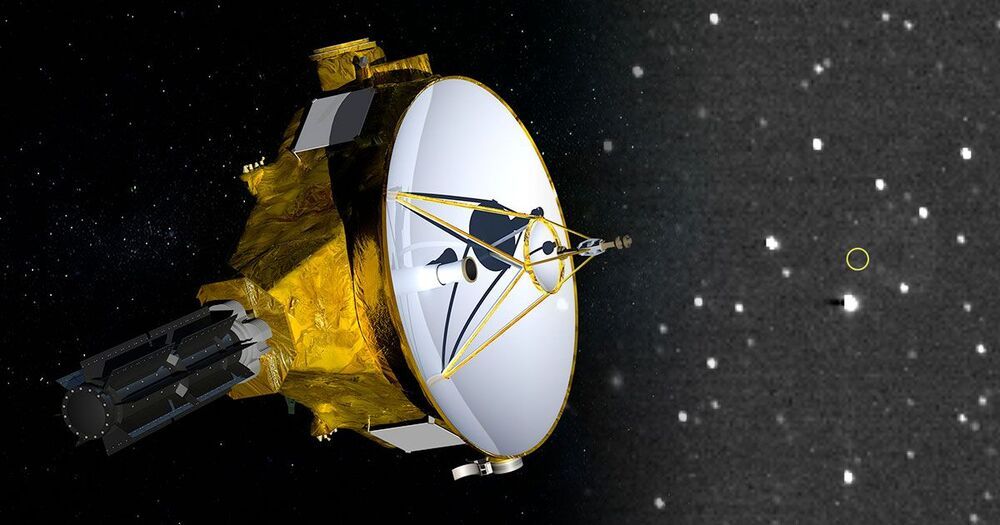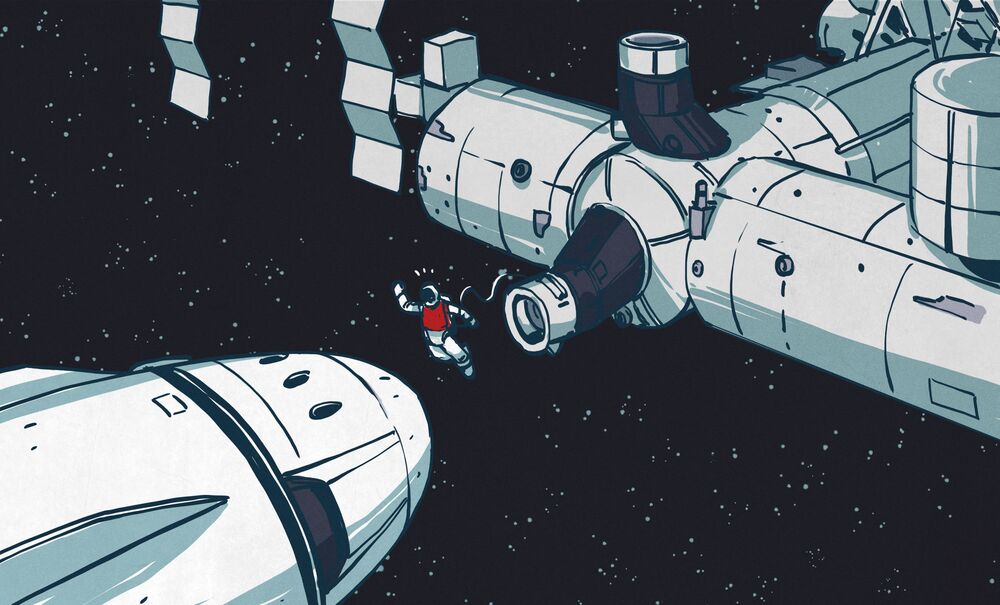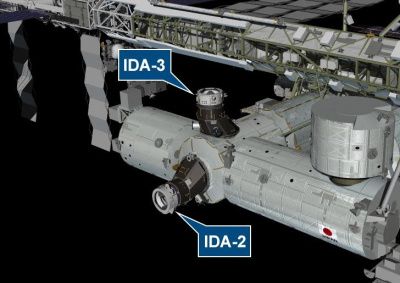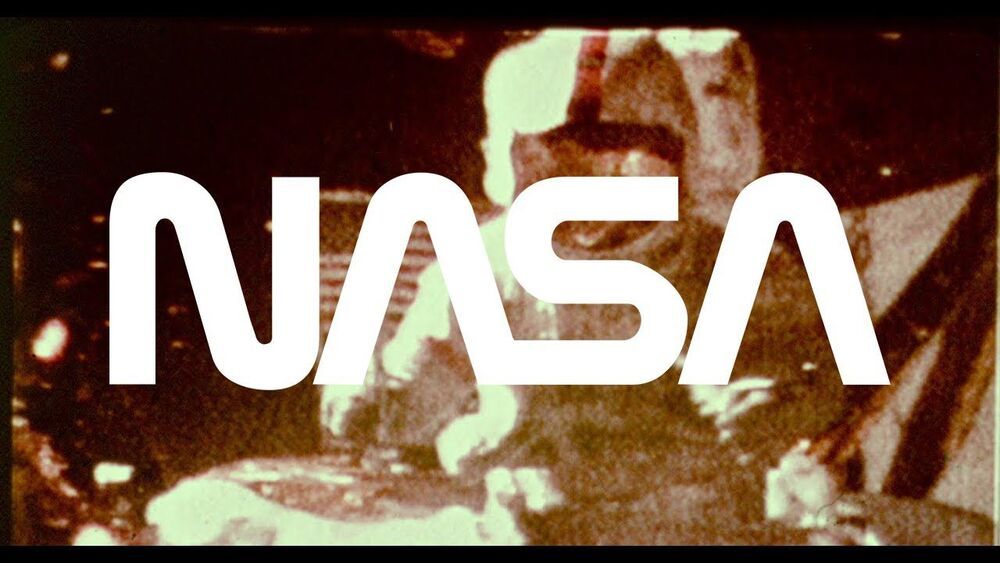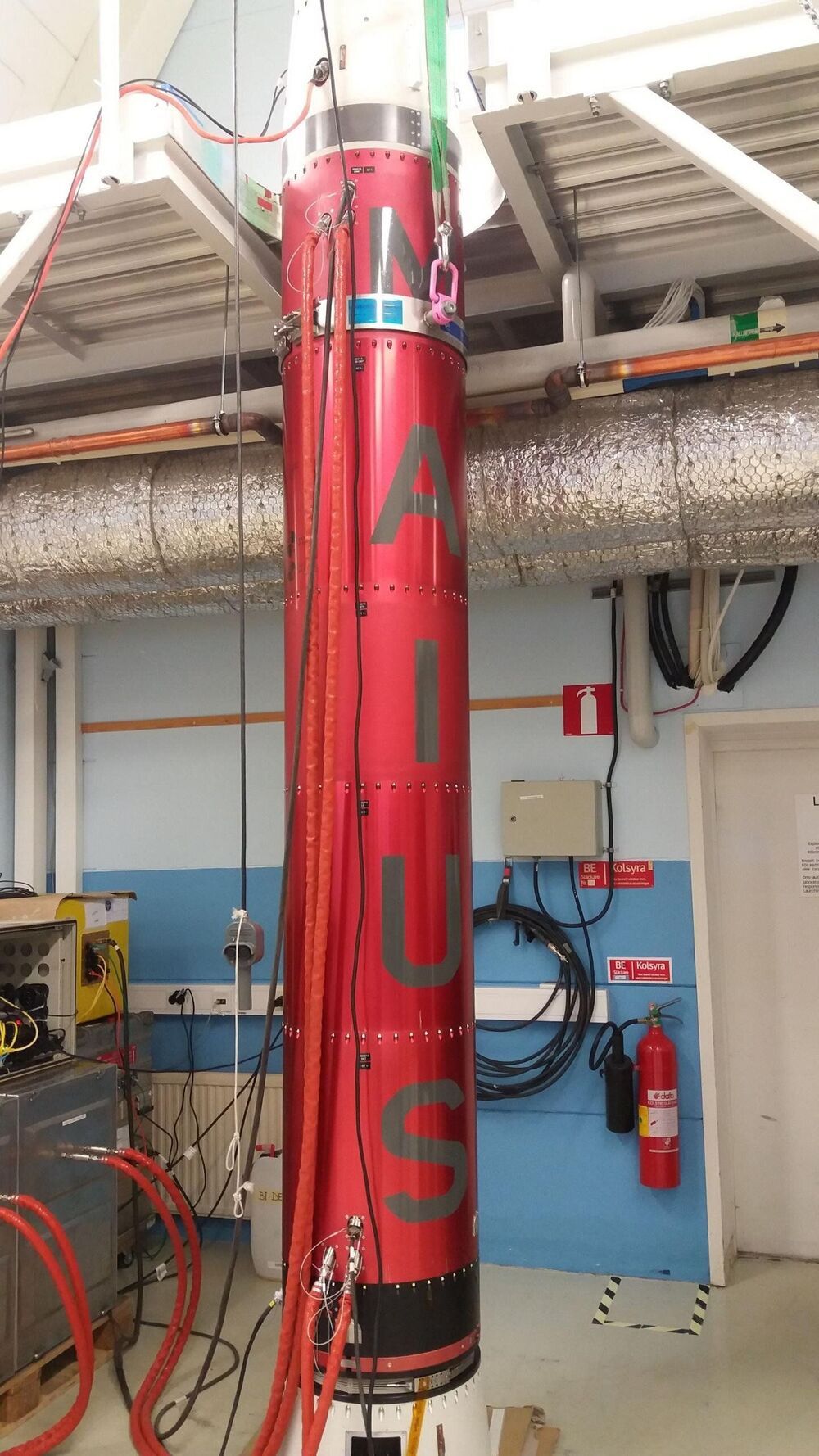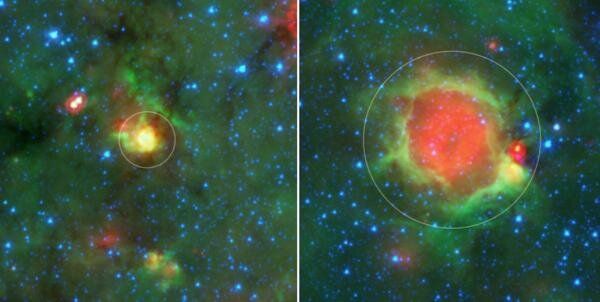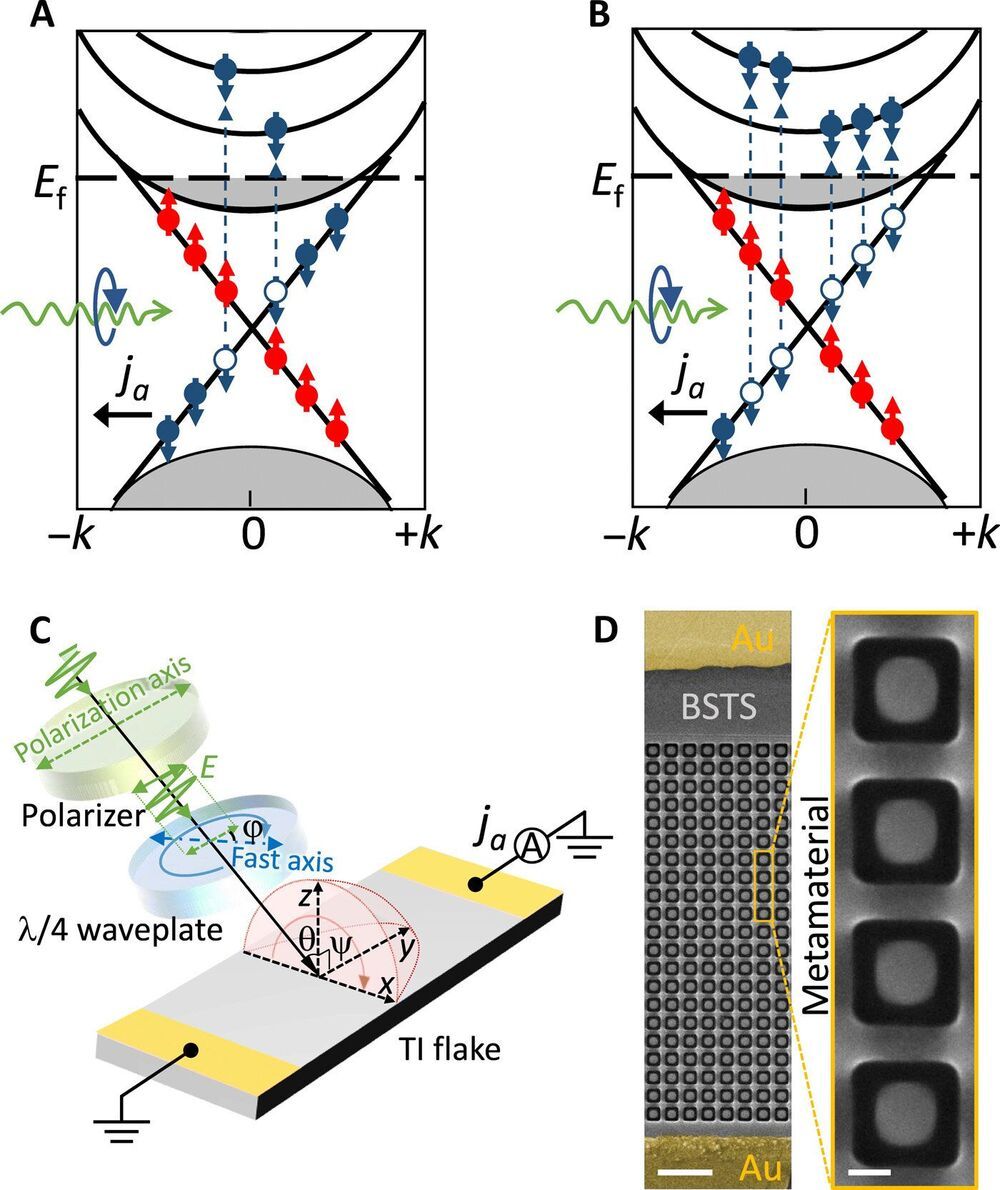Words categorize the semantic fields they refer to in ways that maximize communication accuracy while minimizing complexity. Recent studies have shown that human languages are optimally balanced between accuracy and complexity. For example, many languages have a word that denotes the color red, but no language has individual words to distinguish ten different shades of the color. These additional words would complicate the vocabulary and rarely would they be useful to achieve precise communication.
A study published on 23 March in the journal Proceedings of the National Academy of Sciences analyzed how artificial neural networks develop spontaneous systems to name colors. A study by Marco Baroni, ICREA research professor at the UPF Department of Translation and Language Sciences (DTCL), conducted with members of Facebook AI Research (France).
For this study, the researchers formed two artificial neural networks trained with two generic deep learning methods. As Baroni explains: “we made the networks play a color-naming game in which they had to communicate about color chips from a continuous color space. We did not limit the “language” they could use, however, when they learned to play the game successfully, we observed the color-naming terms these artificial neural networks had developed spontaneously.”

